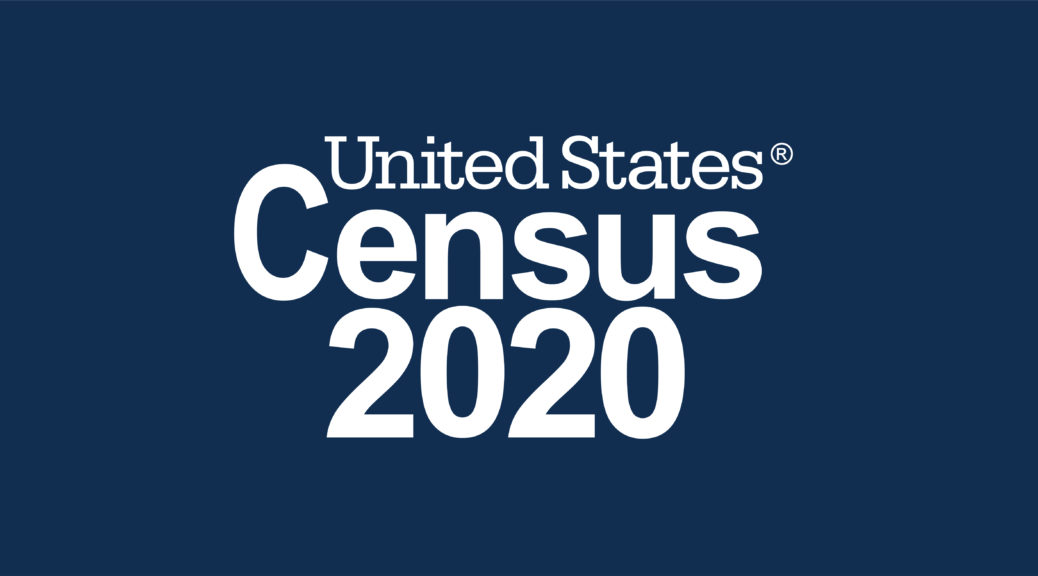By Giada Schwam
Climate change continues to be a pressing issue for many vulnerable areas around the world. People who do not have access to adequate housing, food, water and other crucial resources are the most affected by pollution and climate change, according to the Intergovernmental Panel on Climate Change (IPCC).
Over 20 million people are displaced around the world each year because of natural disasters and other extreme climate change events. Hurricanes, wildfires and mudslides can leave many peo-
ple without homes. Rebuilding or buying a new home is not accessible for everyone, so many are forced into homelessness after natural disasters.
Those who are migrating from areas that are inhabitable due to natural disasters and climate change are also susceptible to homelessness. People without stable housing are most affected since they are not protected from the elements.
“Climate just adds to the challenges of being homeless,” said Diane Bates, a TCNJ environmental studies professor.
People who are homeless during the climate crisis are less likely to hear about public health threats from an incoming natural disaster, and therefore may not be able to evacuate in a timely manner. Weather exposure also makes homeless people vulnerable to hypothermia, dehydration and heat exhaustion.
“Because of the greater instability of winter storms and places in New Jersey getting more concentrated rainfall events, those things are more likely to put people who are living outdoors at greater lev-
els of risk,” Bates said.
A staggering 91% of homeless people who live in urban or suburban areas are susceptible to the heat island effect, which makes heat waves more intense. The heat island effect occurs when a com-
munity is surrounded by densely populated buildings that trap heat
and cause temperatures to rise. Temperatures all over New Jersey have been rising for longer periods of time.
During the summer of 2024, it was 90 degrees in Mercer County for a 14-day span. Higher temperatures cause stronger heat waves that can make chronic health conditions worsen with longer exposure.
“Large urban unhoused populations in New Jersey are also subjected to urban flooding, which is increasing,” Bates said, adding another layer to the environmental threat unhoused individuals are
facing.
According to Monarch Housing Associates, the homeless population has risen by 17% in New Jersey over the past few years. As of January 2024, around 12,000 people are homeless in New Jersey.
A report conducted on the affordable housing situation in New Jersey revealed that counties such as Atlantic, Hoboken and Camden are more exposed to sea-level rises, which is expected to increase along with the negative effects of global warming.
Rising sea levels and flooding not only displace people from their
homes, but also drive up housing costs.
“The cost of housing is increasing…part of that due to climate change,” said Bates. In high-risk areas like the Jersey Shore, regulations under the Coastal Area Facility Review Act (CAFRA) further complicate the housing crisis.
“Any area that is subject to CAFRA, from the Garden State Parkway to the ocean, have different housing standards for constructions. It’s more expensive to build in those areas because you have
to adhere to CAFRA standards,” Bates said.
As climate change intensifies, its intersection with housing instability must be addressed urgently, according to the IPCC Sixth Assessment Report. This report emphasized that solutions should balance environmental protection with equity, ensuring that the most vulnerable are not left further behind.


